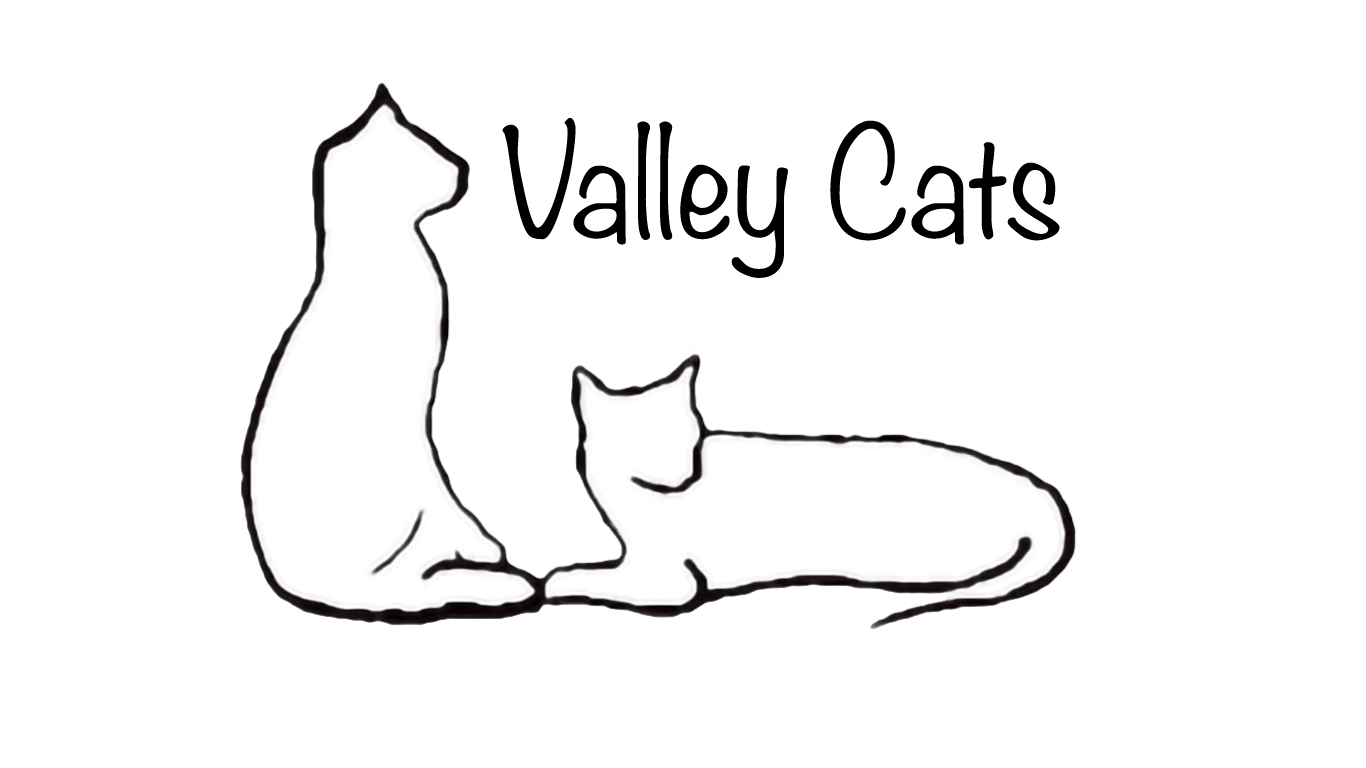Why Cats Need Canned Food
By Jean Hofve, DVM
Cats are true carnivores, requiring a meat-based diet for optimal health. Their natural diet is prey such as rodents, lizards, insects, and birds. These prey consist primarily of water, protein and fat, with less than 10% carbohydrate (starch, sugar and fiber) content. Cats are exquisitely adapted to utilize fat and protein for energy. They are not at all like dogs and people, who are adapted to use carbohydrates for energy.
When feeding our companion cats, the most logical strategy is to feed the diet that mot closely mimics the natural prey diet. A homemade diet is an excellent way to accomplish this. Feeding more (or only) canned food is another way – one that is often easier for people to deal with. Canned foods are higher in fat and protein, and lower in carbohydrates, than dry foods. Their high water content increases the cat’s overall fluid intake, which keeps the kidney and bladder healthy. The higher fat contributes to skin and coat health. Because the ingredients are more easily digested and utilized by the cat’s body, canned foods produce less solid waste in the litterbox.
Another feature of the cat’s natural diet is variety. A hunting cat doesn’t one day decide to eat only purple finches! He will eat any small prey he can catch: chickadees, mice, grasshoppers, robins, or rabbits. Likewise, we should feed our cats a variety of foods. Variety keeps cats from becoming finicky and food-addicted, lessens the chance of dietary excel or deficiency or any single nutrient, and may prevent the development of food intolerances, allergies, and inflammatory bowel disease. Feeding the same dry food year and year greatly increases the risk of these problems. With canned food, it is easy to vary the flavors and protein sources.
Dry food typically contains 35-50% carbohydrates, mostly as starch. (The new “grain-free” foods may be as little as 20% carbohydrate). This is necessary because the equipment that makes dry food requires a high-starch, low-fat dough for proper processing. Cereal grains provide an inexpensive and plentiful source of calories, which allows manufacturers to produce foods containing adequate calories at an affordable price. A few dry foods provide less carbohydrates, in some cases substituting starchy vegetables and soy for cereal grains; but they are still heavily processed and just as dehydrating (if not more so) that regular dry food.
Adult cats need 2-3 times more protein than dogs. Yet dry cat foods generally supply only about 1/3 more protein than dry dog foods — about 30-35% in dry cat food compared to 20-26% for the average dry dog food. “Kidney” diets for cats in renal failure are even more restrictive with 26-28% protein (such diets should never be fed to normal cats; they will cause muscle-wasting as the cat breaks down its own body for protein). Canned cat foods contain 45-50% protein, and canned kitten foods may contain up to 55% protein. (All percentages calculated on a dry matter basis.)
